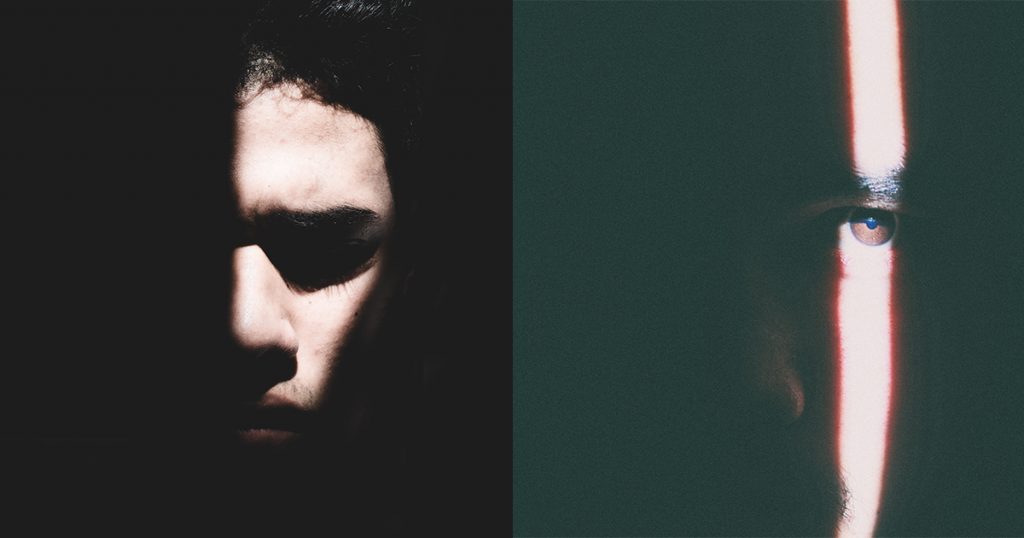Psychosis, More than Just Genetics : Urbanicity, Poverty, Ethnicity and Cannabis
Intro
“Psychosis” refers to a group of disorders in which emotions or thoughts are so disrupted that contact with external reality is lost. Some of the more well-known psychotic disorders include Schizophrenia, and bipolar disorder. The prevalence of psychotic illnesses in the general population is around 3% (Perala et al, 2007), and the prevalence of Schizophrenia is 1%. It has been suggested psychosis may be about 80% due to genetics and heritability, but then what makes up the other 20%? This percentage must be due to environmental and social factors. This article tackles 4 particularly interesting environmental risk factors for psychosis, urbanicity, poverty, ethnicity and cannabis use.
Urbanicity
One of the most interesting findings related to the risk for psychosis was discovered in Kirkbride et al (2006)’s study on the first episode rate of Schizophrenia in 16-65 year olds in Nottingham, London and Bristol. These are all cities within the UK, but they vary in how urban they are. They found the incident rates in London was 20, which in Nottingham it was 7.7 and in Bristol it was 7.2, therefore the more urban a city, the higher the rate of psychosis! Even within London itself, there is a 9-fold variation depending on what area you look at, and this is also based on how urban the part of London is. Faris & Dunham (1939) also showed this but in Chicago, showing it is not a UK specific finding. Why this relationship occurs is discussed later in this article.

Poverty
Another risk factor linked consistently to psychosis is poverty and deprivation. It’s been suggested that social disadvantage (poverty, in other words) can increase the risk for psychosis by about 3 times. However, often those in the same family are born into the same sort of social situation, and so this relationship could either be due to genetics or social factors. Wicks et al (2005) determined, by looking at the Schizophrenic rates for adoptee children in Sweden, that it was genetics driving this relationship. Also, Kirkbride et al (2014) wondered whether it was absolute, or relative, deprivation that drove this relationship. They found, through looking at families within East London, and found relative deprivation had the same impact as absolute deprivation. Therefore, it does not seem to be poverty in itself that drivers this relationship, more income equality.
Ethnicity
A very controversial risk factor for psychosis is someone’s ethnicity. Paul Fearon et al (2006) looked at the incident rates of Schizophrenia for different ethnic races. They found that white people had an incident rate of 1, South Asian people an incident rate of 1.4, African Caribbean people had a rate of 9.1, and other Africans a rate of 5.8. This has been shown to not be a purely British effect either, people of other ethnicities in other countries have been shown to have higher incident rates to. This relationship may not be as real as it first seems however. Firstly, it’s possible the higher rates are due to cultural sensitivity, something in their culture may lead doctors (who are not perfect) to think these individuals have psychosis, when in reality they do not. Also, those from different ethnic backgrounds often experience discrimination in the form of racism, this has been shown to explain some of the relationship. Interestingly, it is perceived discrimination that makes the difference, as shown by the fact that those in white neighbourhoods have higher rates of psychosis than those not.
Cannabis
Cannabis is the focus of many huge debates, many call for its legalisation, but others claim its link to psychosis means it should be criminalised. But how true it this link? It is the case that those with Schizophrenia tend to use cannabis more, but how does this relationship work? Which way round does it go? Is cannabis causing Schizophrenia or are Schizophrenics self-medicating with cannabis? To address this question, Arsenault et al (2002) conducting a longitudinal study, following people from their teens into their 30’s, and recording their cannabis use and if they developed Schizophrenia. They found, that those who used cannabis by the time they were 15 had an increased risk of psychosis (by about 4 times), however, those who first used cannabis between 15-18 where not at an increased risk of psychosis. Therefore, it seems cannabis effects those in adolescence more than those approaching adulthood. Furthermore, Arsenault et al (2004) reviewed all the literature studying this link and concluded that, cannabis was not necessary for psychosis to develop, and it was not sufficient to cause new cases. They did find an increased risk of 2 times however.

So how do these risk factors work?
Most of these risk factors are complex social stressors, which a developing person would have to deal with the harsh realities of. For example, inner city living is far more stressful than living in the countryside, and living in poverty is more stressful than living with wealth. These stressors mean the persons stress response is often activated, and this results in dysregulation of their hypothalamic–pituitary–adrenal axis (HPA). In turn, this leads to increased dopamine sensitivity, which is implicated in the development of Schizophrenia.
All in all, adverse social conditions seem linked to schizophrenia, as does, weakly, cannabis use.
References
Arseneault, L., Cannon, M., Poulton, R., Murray, R., Caspi, A., & Moffitt, T. E. (2002). Cannabis use in adolescence and risk for adult psychosis: longitudinal prospective study. Bmj, 325(7374), 1212-1213.
Arseneault, L., Cannon, M., Witton, J., & Murray, R. M. (2004). Causal association between cannabis and psychosis: examination of the evidence.The British Journal of Psychiatry, 184(2), 110-117.
Faris, R. E. L., & Dunham, H. W. (1939). Mental disorders in urban areas: an ecological study of schizophrenia and other psychoses.
Fearon, P., Kirkbride, J. B., Morgan, C., Dazzan, P., Morgan, K., Lloyd, T., … & Murray, R. M. (2006). Incidence of schizophrenia and other psychoses in ethnic minority groups: results from the MRC AESOP Study. Psychological medicine, 36(11), 1541-1550.
Kirkbride, J. B., Fearon, P., Morgan, C., Dazzan, P., Morgan, K., Tarrant, J., … & Jones, P. B. (2006). Heterogeneity in incidence rates of schizophrenia and other psychotic syndromes: findings from the 3-center AeSOP study. Archives of general psychiatry, 63(3), 250-258.
Perälä, J., Suvisaari, J., Saarni, S. I., Kuoppasalmi, K., Isometsä, E., Pirkola, S., … & Lönnqvist, J. (2007). Lifetime prevalence of psychotic and bipolar I disorders in a general population. Archives of general psychiatry, 64(1), 19-28.
Wicks, S., Hjern, A., Gunnell, D., Lewis, G., & Dalman, C. (2005). Social Adversity in Childhood and the Risk of Developing Psychosis: A National Cohort Study. American Journal of Psychiatry, 162, 1652–1657.





Responses